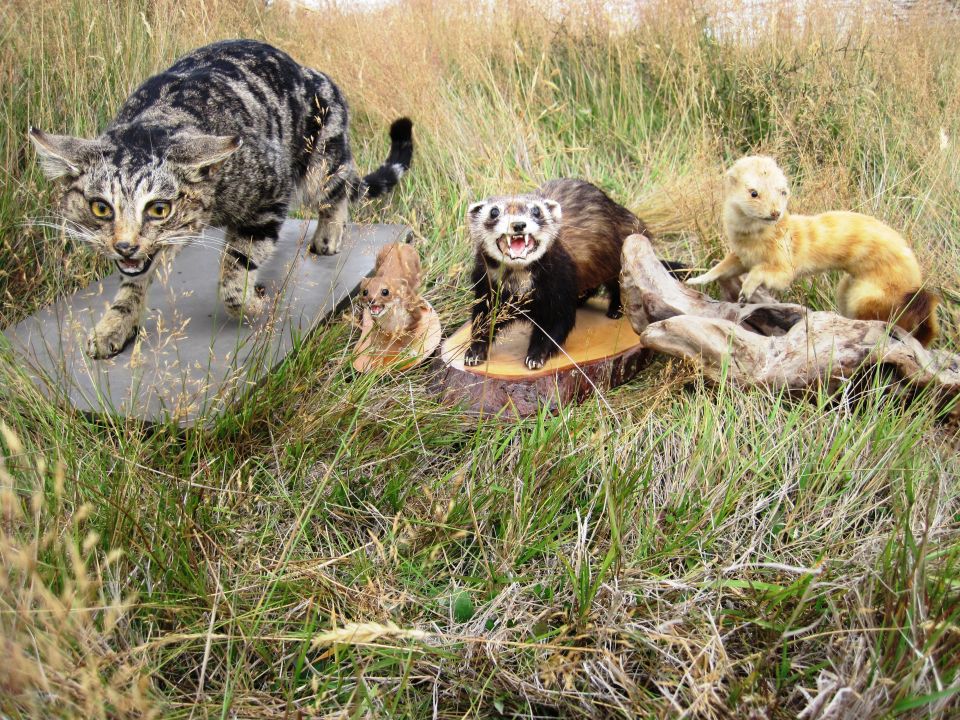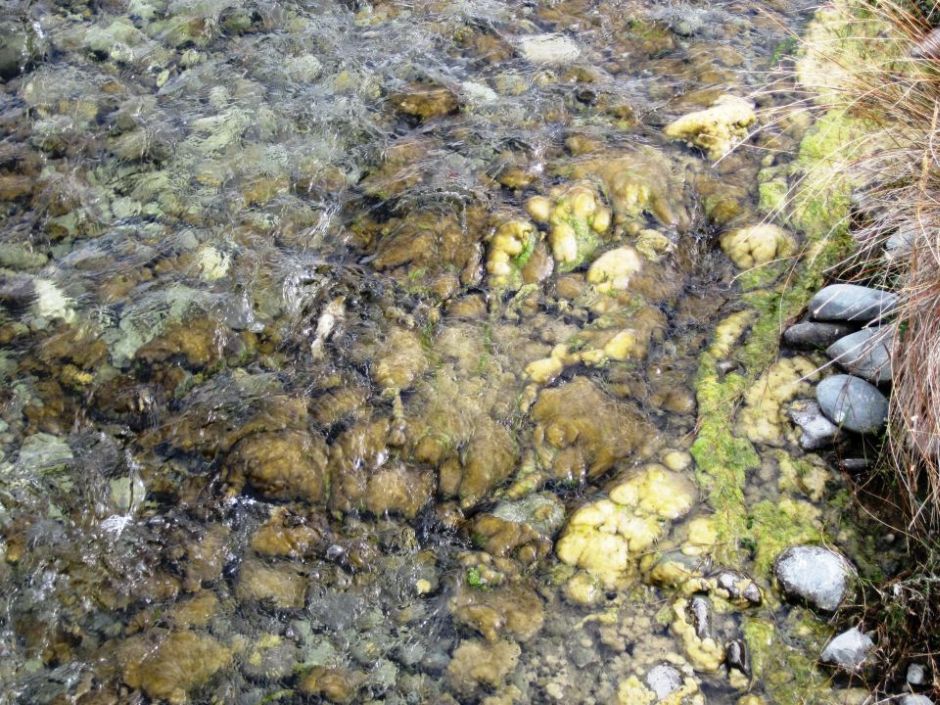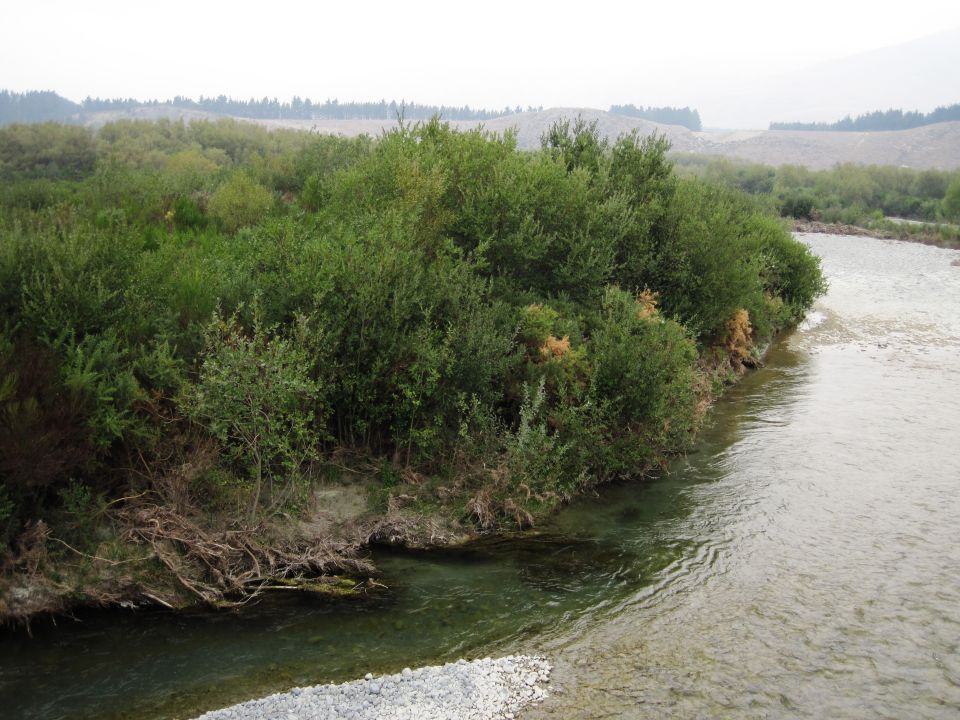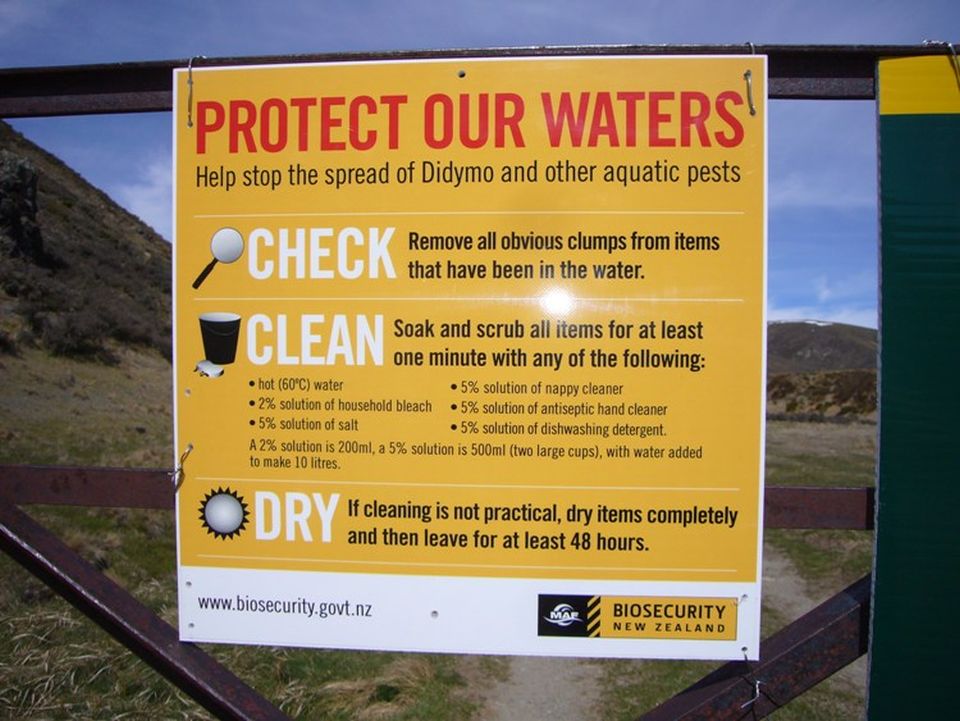Why are some animals a pest?
New Zealand has been geographically separated from other land masses for over 80 million years. Throughout this time our native wildlife and plants learned to live without land mammals. The only mammals living here during that time were bats.
When people arrived, they also brought in land mammals. Sometimes this was intentional (for example, rabbits) and sometimes accidental (for example, ship rats). These animals took a serious toll on the survival of our native plants, birds, reptiles and invertebrates.
New Zealand’s special biodiversity was unable to deal with the threat. In many parts of the country these introduced animals are now pests.
What do animal pests do?
Pests such as possums, rats, feral cats and stoats compete with our native birdlife for food and habitat. They can eat the eggs and young and attack the adults. They are also a major cause of decline for many other species, including reptiles and invertebrates. These animals are often called predators.
Larger pests such as goats and deer cause damage to native forests by feeding on forest plants, trees and seedlings. Forests can’t regenerate when these young seedlings are eaten. Pigs stop forest growth by digging up the forest floor in search of grubs and roots.
Find out more about the different animal pests in New Zealand.
Weeds
There are now more introduced plant species growing wild in New Zealand than native plant species. Only a handful of weed species have ever been eradicated from New Zealand. Weeds threaten the long-term survival of some native animals by:
- changing or destroying their habitat
- reducing the availability of food or breeding sites
- influencing the way native and introduced animals behave.
Weeds threaten our natural ecosystems. They displace native vegetation and lead to modified ecosystems that are not good habitat for native species.
Where do weeds come from?
Most of New Zealand’s weeds were brought in to New Zealand as garden plants. There are over 24,000 introduced plants growing in gardens and nurseries in New Zealand. A rough rule of thumb is that 10% of these will naturalise (establish in the wild), and 10% of these will become serious pests.
Most of the spread of weeds in New Zealand is because of people. They bring in new plants that spread and dump garden waste in bush reserves
People
People can have a large impact on the environment. Before people arrived in New Zealand, the land was covered in bush. But three-quarters of it has been burned or cut down. Over 90 percent of New Zealand’s wetlands have been drained or filled. Many of our lakes and rivers now have poor water quality.
Just a few changes in the way land is managed can make a big difference to the health of our environment. Some of the major threats to our environment caused by human activity include:
- possible removal of water for irrigation and stock water
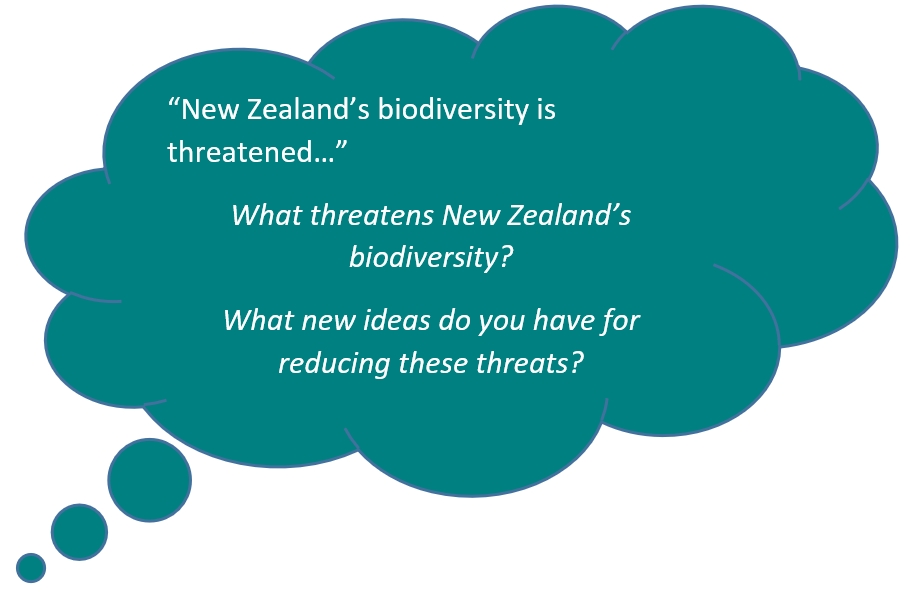
- reduced water quality from sediment and nutrient farm run-off
- removal of forest and natural vegetation
- reclaiming land
- increased development – more houses, bigger cities and less wilderness
- damage from vehicles, rabbits, hares and stock
- climate change from increased use of fossil fuels
Completing a BioBlitz can help. Before we can help restore biodiversity to an area, we need to know what naturally lives in that area and what pests need to be removed.
Ready for a quiz? Try the "Threats to Biodiversity" interactive activity.

